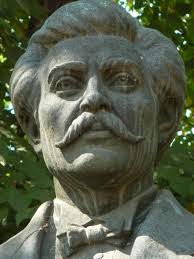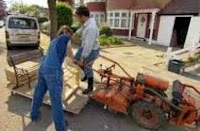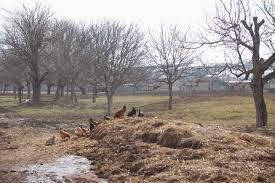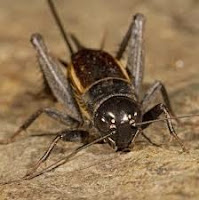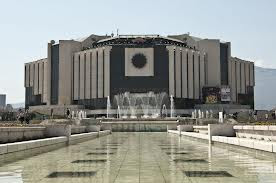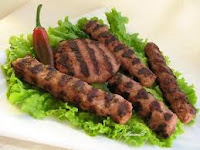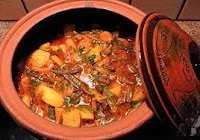The other week there was talk in the Facebook group about fire safety (cheers Ian), and what people actually knew about it and tips that they could pass on. The only downside to something like that is that all too soon it disappears as new topics come up and push it further down the page. As it is such an important thing I thought that perhaps it might be worthwhile putting something like that in here, where it is easier to find. As we are approaching the winter it is possibly more important than at other times of the year. The days are getting colder, the nights colder still, and in an effort to keep ourselves warm we try to heat rooms in a variety of ways. Unfortunately with the heating attempts there is always the possibility of fire. Most of us have seen news reports about the devastation which fires can cause, but how many of us realise that we can actually take steps to help ourselves prevent such a mishap.
As many of you know we live out in the middle of nowhere, and if we did suffer the catastrophe of a fire by the time that the alarm had been raised and a fire crew had arrived on scene all that would be left of our home would be some charred timbers and smoking rubble. To our minds that is certainly a very valid reason for getting the house and contents insured. Hopefully it is something which we will never have to claim on, but for peace of mind it is a necessary expense each year. As I previously mentioned there are various steps which we can take to help minimise the risks. We do have the wood burners, but they are not our sole means of heating. We also have gas fires, oil filled radiators,electric fan heaters and circulatory fans built into most of the ceiling lights. One of my first jobs in the autumn is to make sure that everything is clean and that it works properly. If it has got a power lead, the lead is checked to ensure that mice haven't been taking bites out of it or that it is not damaged in anyway, paying attention to the plug. For the gas heaters the connection units are tested to make sure that they work properly, and in turn they are used to check that they cause the valve units om the gas bottles to open and close. The flexible rubber hoses seem to go a bit porous over the course of a year so I replace them and any worm drive clips necessary. The ceiling fans get switched over so they are now pushing the warm air from the light bulbs down into the room.
Like many people though our prime source of heat comes from the wood burners, we have them at either end of the house. Every year I dismantle the flue pipes and check them, especially along the seams. If I am even slightly dubious they get replaced. The whole run gets thoroughly swept and cleaned, paying particular attention to the 90 degree bends. Bearing in mind that these flue pipes do get hot it is worthwhile taking your time when deciding where they will run. Even though it looks close to the wooden roof beam in the photo, there is about a two foot gap. Anyway I dismantle the flue pipes and clean them on roughly a six weekly cycle, depending on what I am burning, and how often the fires are lit. Talking of which try not to burn rubbish (especially plastics) and green wood in the fires.
People might think that wood is wood, and that it all burns the same. Fresh wood still has a lot of sap and resins in it, which is why you can smell freshly split timber. If you burn this fresh wood the fire is not as efficient. For one thing a lot of the heat is used to boil off the sap so that the wood becomes dry enough to burn. The resin and gases are carried along the flue pipes of chimney until they start to cool. At which point they will start to stick to the sides as a tarry creosote type substance. If you do that often enough and then burn good dry seasoned wood it is possible for the creosote to then catch fire and you end up with a chimney fire. Green wood is also harder to light and produces more smoke. It makes sense to get smoke detectors and carbon monoxide detectors fitted. Personally I prefer the battery powered ones as opposed to mains powered, as you never know when you are likely to get a power cut. Test them on a regular basis and keep spare batteries in stock. We can count ourselves as very fortunate in that twice we have been woken by them going off to find a house full of white smoke.
Its easier to see the funny side of it looking back on things, but at 3am wearing only a bathrobe and a pair of flip flops with all windows and doors open at -18C it was a definite sense of humour failure. Now we don't put any more wood on the fire after 9pm, and at bedtime all of the embers are raked together and then all the fire's vents and doors are closed. The good thing about our lounge being down in the cellar is that the stone walls are 2 feet thick and act as a night storage heater. Many of us live in traditional Bulgarian village houses which we have modernised. Perhaps the fitting of double glazing has cut down on a lot of the draughts which used to be there. Apart from being a pain in the backsides these draughts used to help start the fires with a constant air flow, now sometimes I have to open the cellar door or a window to create that airflow. Another reason could be that it is getting towards the end of my six week sweeping cycle and there could be a build up of soot. I now have a complete spare set of flue pipes, so in half an hour the old run is dismantled and the new lengths are fitted. I can then do my Black and White Minstrel audition up in the barn where its out of the wind and snow as I clean the old flue pipes at my leisure. If the glass is blackening then that could be another indication that you are in need of having your chimney or flue pipes swept.
When you look at one of these wood burners you can see that all they are is a metal box with fire bricks inside. Ours in the cellar also stands in its own metal tray. The heat is conducted down the metal legs and starts to warm up the metal tray which in turn warms up the ceramic floor tiles. No wonder that area is so popular with the dogs and cats.The heat from the metal sides radiates out and helps to warm the room, and due to convection the heat also rises straight up and the travels across the ceiling until it starts cooling. So that is how your room gets heated. Hopefully you can see why it is a good idea to keep flammable things a safe distance away from your wood burner. Logs might look good stacked up alongside in photos, but unless you are constantly moving and rotating those logs radiated and conducted heat are constantly drying them out. Logs are flammable, which is why we burn them in the first place, so always try and leave a sensible air gap between the fire and any combustable material.
You might even have heard about the traditional brick built Djamals, and how wonderful they are. They are very efficient burning at temperatures of something like 1000C, so there is not even any ash left, the bricks just act like a night storage heater. We have some Djamals in our house, and when we moved in we were told that they are perfectly safe to use. The one shown was in our kitchen, and we wanted to increase the size of the kitchen and let more light in so that wall and the Djamal had to go. Now I have no doubt that originally it was wonderful and probably provided all of the cooking and heating needs. However when we took the wall down we found so many burnt and charred timbers that it kind of put us off lighting any of the others, so now they are kept purely as part of the charm and history of the house.
The purpose of this article is not to cause worry, but hopefully to point out a few steps which we can all take to help make our winter evenings a bit safer. It is up to the individual how much attention they pay towards fire safety, and the steps that they take. We might well be the exceptions rather than the rule, but we also have fire extinguishers and a fire blanket up in the kitchen. Although we don't do fire drills we do know safe evacuation routes just in case the worst should happen. It always pays to plan ahead.
On the cold dark winter nights the wood burners do come into there own. There is so much rubbish on the TV that it kind of makes sense curling up in front of the fire with a good book. If the animals will actually let you get anywhere near to it.
As many of you know we live out in the middle of nowhere, and if we did suffer the catastrophe of a fire by the time that the alarm had been raised and a fire crew had arrived on scene all that would be left of our home would be some charred timbers and smoking rubble. To our minds that is certainly a very valid reason for getting the house and contents insured. Hopefully it is something which we will never have to claim on, but for peace of mind it is a necessary expense each year. As I previously mentioned there are various steps which we can take to help minimise the risks. We do have the wood burners, but they are not our sole means of heating. We also have gas fires, oil filled radiators,electric fan heaters and circulatory fans built into most of the ceiling lights. One of my first jobs in the autumn is to make sure that everything is clean and that it works properly. If it has got a power lead, the lead is checked to ensure that mice haven't been taking bites out of it or that it is not damaged in anyway, paying attention to the plug. For the gas heaters the connection units are tested to make sure that they work properly, and in turn they are used to check that they cause the valve units om the gas bottles to open and close. The flexible rubber hoses seem to go a bit porous over the course of a year so I replace them and any worm drive clips necessary. The ceiling fans get switched over so they are now pushing the warm air from the light bulbs down into the room.
Like many people though our prime source of heat comes from the wood burners, we have them at either end of the house. Every year I dismantle the flue pipes and check them, especially along the seams. If I am even slightly dubious they get replaced. The whole run gets thoroughly swept and cleaned, paying particular attention to the 90 degree bends. Bearing in mind that these flue pipes do get hot it is worthwhile taking your time when deciding where they will run. Even though it looks close to the wooden roof beam in the photo, there is about a two foot gap. Anyway I dismantle the flue pipes and clean them on roughly a six weekly cycle, depending on what I am burning, and how often the fires are lit. Talking of which try not to burn rubbish (especially plastics) and green wood in the fires.
People might think that wood is wood, and that it all burns the same. Fresh wood still has a lot of sap and resins in it, which is why you can smell freshly split timber. If you burn this fresh wood the fire is not as efficient. For one thing a lot of the heat is used to boil off the sap so that the wood becomes dry enough to burn. The resin and gases are carried along the flue pipes of chimney until they start to cool. At which point they will start to stick to the sides as a tarry creosote type substance. If you do that often enough and then burn good dry seasoned wood it is possible for the creosote to then catch fire and you end up with a chimney fire. Green wood is also harder to light and produces more smoke. It makes sense to get smoke detectors and carbon monoxide detectors fitted. Personally I prefer the battery powered ones as opposed to mains powered, as you never know when you are likely to get a power cut. Test them on a regular basis and keep spare batteries in stock. We can count ourselves as very fortunate in that twice we have been woken by them going off to find a house full of white smoke.
Its easier to see the funny side of it looking back on things, but at 3am wearing only a bathrobe and a pair of flip flops with all windows and doors open at -18C it was a definite sense of humour failure. Now we don't put any more wood on the fire after 9pm, and at bedtime all of the embers are raked together and then all the fire's vents and doors are closed. The good thing about our lounge being down in the cellar is that the stone walls are 2 feet thick and act as a night storage heater. Many of us live in traditional Bulgarian village houses which we have modernised. Perhaps the fitting of double glazing has cut down on a lot of the draughts which used to be there. Apart from being a pain in the backsides these draughts used to help start the fires with a constant air flow, now sometimes I have to open the cellar door or a window to create that airflow. Another reason could be that it is getting towards the end of my six week sweeping cycle and there could be a build up of soot. I now have a complete spare set of flue pipes, so in half an hour the old run is dismantled and the new lengths are fitted. I can then do my Black and White Minstrel audition up in the barn where its out of the wind and snow as I clean the old flue pipes at my leisure. If the glass is blackening then that could be another indication that you are in need of having your chimney or flue pipes swept.
When you look at one of these wood burners you can see that all they are is a metal box with fire bricks inside. Ours in the cellar also stands in its own metal tray. The heat is conducted down the metal legs and starts to warm up the metal tray which in turn warms up the ceramic floor tiles. No wonder that area is so popular with the dogs and cats.The heat from the metal sides radiates out and helps to warm the room, and due to convection the heat also rises straight up and the travels across the ceiling until it starts cooling. So that is how your room gets heated. Hopefully you can see why it is a good idea to keep flammable things a safe distance away from your wood burner. Logs might look good stacked up alongside in photos, but unless you are constantly moving and rotating those logs radiated and conducted heat are constantly drying them out. Logs are flammable, which is why we burn them in the first place, so always try and leave a sensible air gap between the fire and any combustable material.
You might even have heard about the traditional brick built Djamals, and how wonderful they are. They are very efficient burning at temperatures of something like 1000C, so there is not even any ash left, the bricks just act like a night storage heater. We have some Djamals in our house, and when we moved in we were told that they are perfectly safe to use. The one shown was in our kitchen, and we wanted to increase the size of the kitchen and let more light in so that wall and the Djamal had to go. Now I have no doubt that originally it was wonderful and probably provided all of the cooking and heating needs. However when we took the wall down we found so many burnt and charred timbers that it kind of put us off lighting any of the others, so now they are kept purely as part of the charm and history of the house.
The purpose of this article is not to cause worry, but hopefully to point out a few steps which we can all take to help make our winter evenings a bit safer. It is up to the individual how much attention they pay towards fire safety, and the steps that they take. We might well be the exceptions rather than the rule, but we also have fire extinguishers and a fire blanket up in the kitchen. Although we don't do fire drills we do know safe evacuation routes just in case the worst should happen. It always pays to plan ahead.
On the cold dark winter nights the wood burners do come into there own. There is so much rubbish on the TV that it kind of makes sense curling up in front of the fire with a good book. If the animals will actually let you get anywhere near to it.







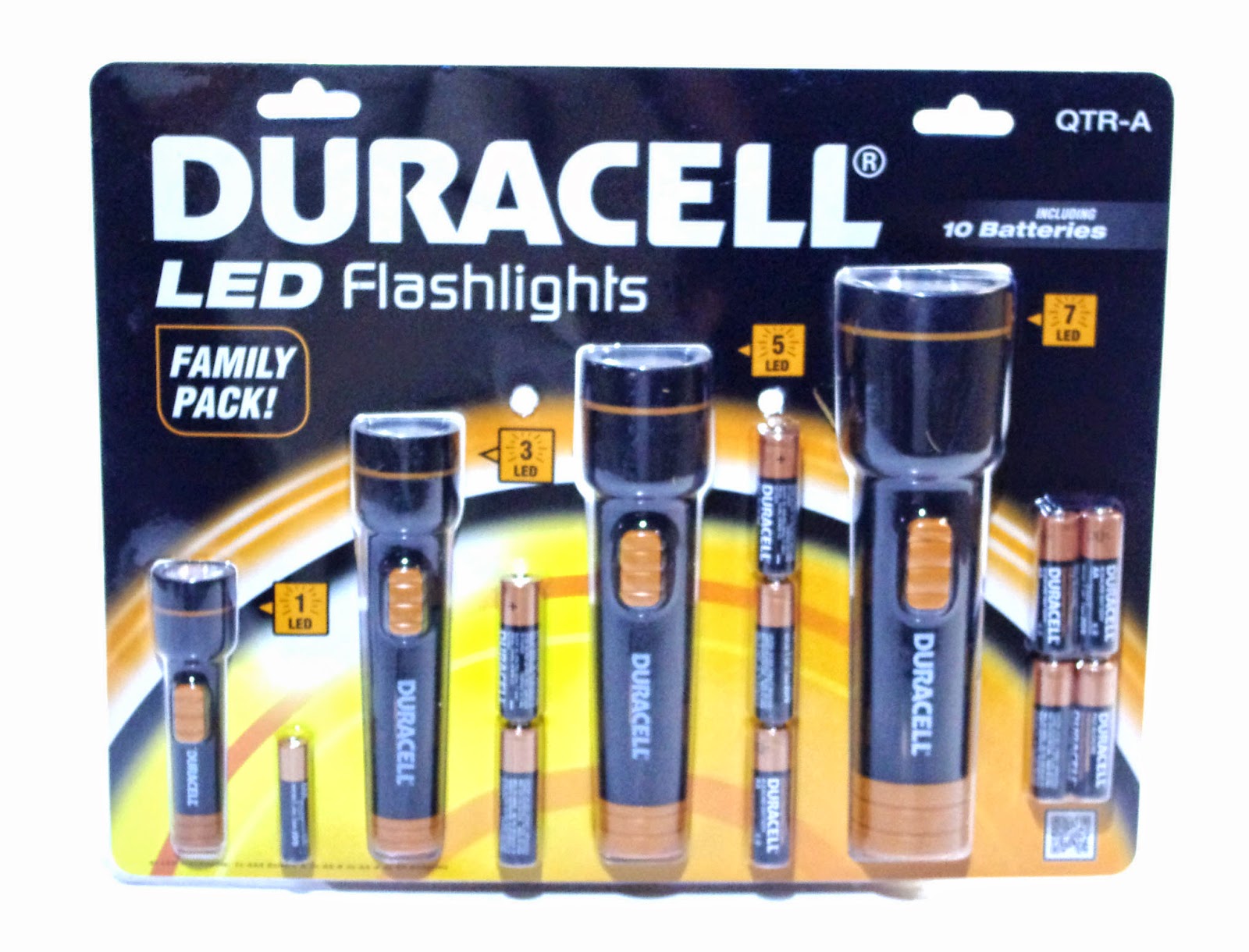
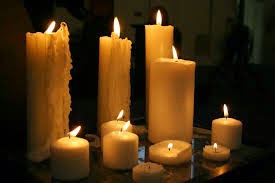

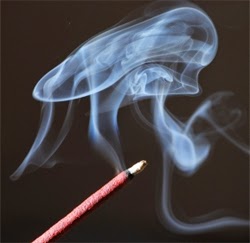
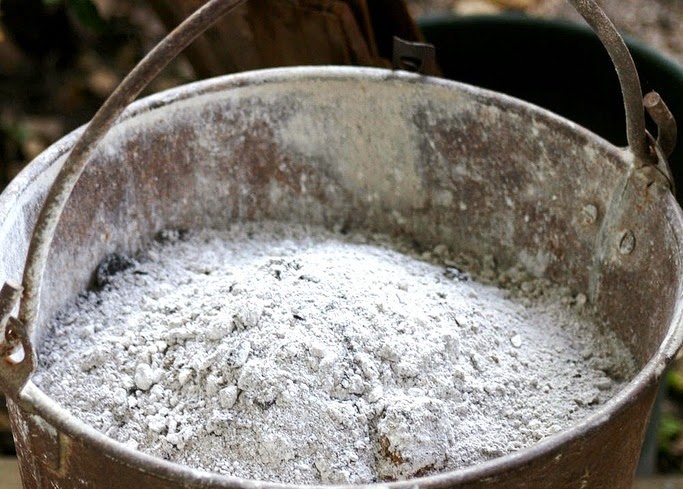


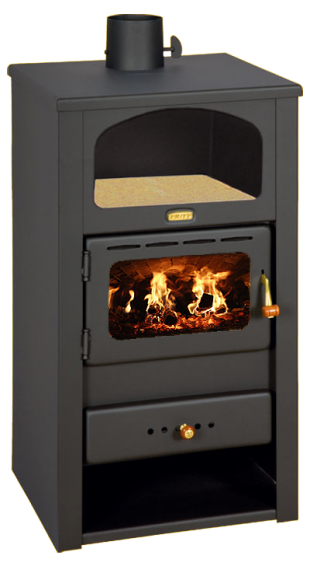




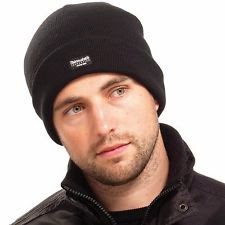










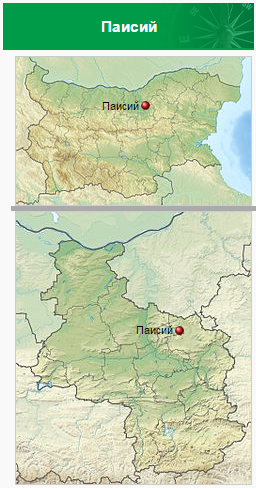




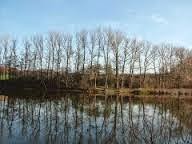.jpg)

.jpg)





















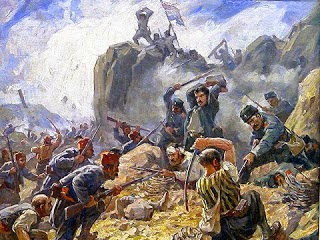







.jpg)
.jpg)

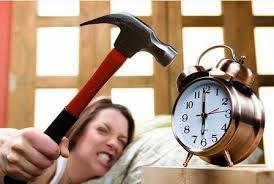.jpg)
.jpg)














